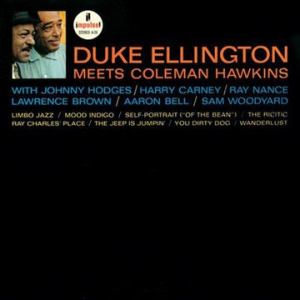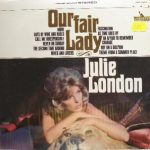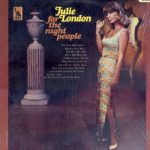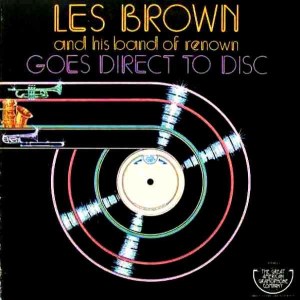 More of the Music of Dire Straits
More of the Music of Dire Straits
Reviews and Commentaries for Brothers in Arms
We have never bothered to play their remaster, along with some other Heavy Vinyl reissues we think have very little chance of actually sounding good to us.
I found out recently that the MoFi is now on the TAS Super Disc list. You can find it along with the domestic — yes, you read that right — domestic pressing of the first album.
Now just how hard of hearing do you have to be to think that the domestic pressing of Dire Straits’ first album is a Super Disc? A nice record, sure, but nice records aren’t really Super Discs, are they?
Not when there are UK pressings that trounce it. We should know, we’ve played them by the dozens. How the writers for The Absolute Sound can be this far off the mark is a question we cannot begin to answer.
The most obvious answer — and therefore the most likely one — is reviewer malpractice? What else could it be?
What We Think We Know
We have written quite a number of reviews and commentaries for the first album and we encourage you to read some of them.
Speaking of Super Discs, the good British pressings are so good we put them on our Top Ten Most Tubey Magical Rock and Pop Recordings List. No domestic pressing we have ever played would qualify as anything other than a minimally-acceptable Hot Stamper.
We would never bother to put such a pressing in a shootout, when even the average run-of-the-mill UK copy is better.
We Get Letters
A few years ago we received this email from a customer.
“How would you compare the Brothers in Arms SHS to the Mobile Fidelity 45 rpm copy?”
Dear Sir,
We have never bothered to play their remaster, and why would we? Every MoFi pressing made by the current regime has had major sound problems when compared head to head with the “real” records we sell, and it’s simply not worth our time to find out exactly what is wrong with the sound of any of these new reissues, theirs included.
[I will be reviewing their unbelievably awful Dire Straits first album on 45 one of these days. Rarely have I heard such a good recording, a brilliant recording, turned into such a piece of crap. Robert Brook didn’t like it either.]
However, we have been known to make an exception to that rule from time to time. Recently we did so in the case of the Tea for the Tillerman George Marino cut at 45 RPM for Analogue Productions.
As long as Analogue Productions is around, at least no one can say that Mobile Fidelity makes the worst sounding audiophile records in the history of the world. They are certainly some of the worst, but, to be fair, they are not so bad that they have never made a single good sounding record, which is the title that Chad Kassem holds. (To the best of our knowledge. Obviously we have only played a small fraction of the records released by him. In our defense let me say that that small fraction was all we could take.)
Why not give the new Brothers in Arms a listen to see how it stacks up to your Hot Stampers?
Because Half-Speed Mastering is a bad approach to mastering, one that almost never produces good sounding records.
Even when it’s done right, it results in sloppy bass. This is very obvious to us but it seems most audiophiles and reviewers don’t notice this shortcoming.
(I try not to reflect too much on systems that hide from their owners the problems in the low end that MoFi records are prone to, practically without exception. I once borrowed a $5000 Dynavector cartridge to audition. Although it had a wonderfully extended and sweet top end, clearly better than my 17D3, the bass was so sloppy I could not wait to unmount it and get it back to its owner. I never said a word about it and he never complained about the bass.)
You don’t have to make the mistake of mastering your records at half-speed to end up with sloppy bass. You just have to be bad at mastering records, like this label, Music Matters.
We find listening to the sound of these veiled, compressed, strangely-eq’d remastered records painful, so we avoid playing them unless one comes our way for free, which does happen from time to time.
We played their Sinatra at the Sands record a few years back after someone gave us a free copy.
And it was pretty good. It might earn a sonic grade of “B.” That’s about the most you can hope for. We’ve reviewed a lot of their albums over the years, and you can read about them here.
Keep in mind that we are not saying their version is bad.
We do not judge records we have never played.
However, we would be very surprised if it were better than mediocre.
So that’s why we cannot answer your question!
Best, TP
PS
The version Chris Bellman cut for Rhino at 45 RPM in 2021 is actually quite good. I will be writing a review for it one of these days.
Here are some Hot Stamper pressings of TAS List titles that actually have audiophile sound quality, guaranteed. And if for some reason you disagree with us about how good they sound, we will be happy to give you your money back.
Here are some others that we do not think qualify as Super Discs.
(more…)










